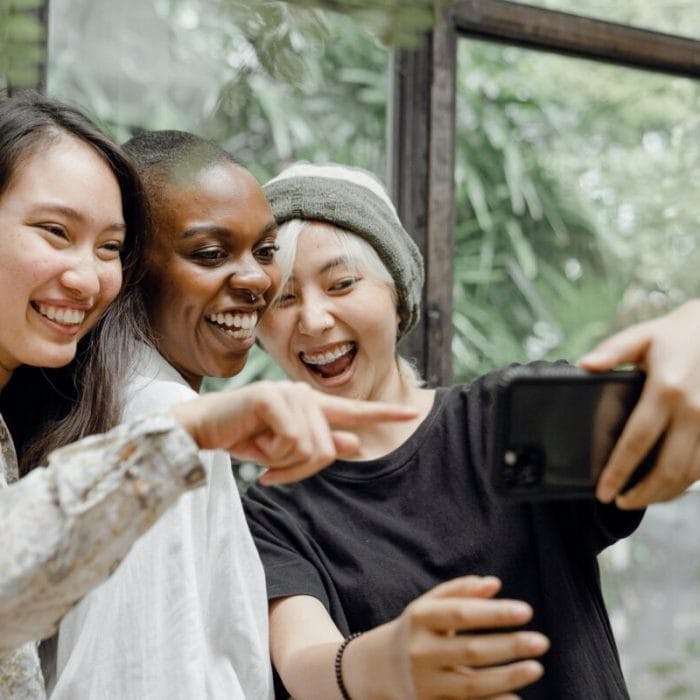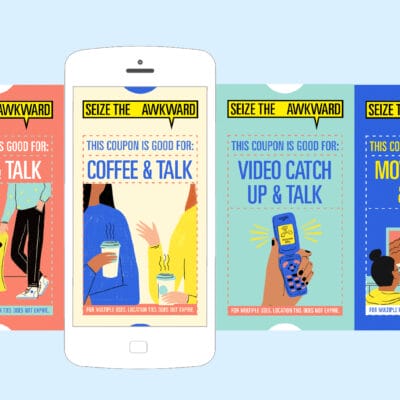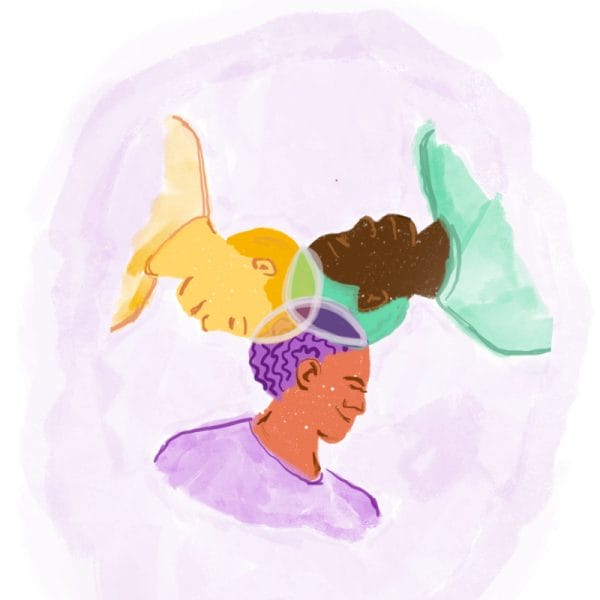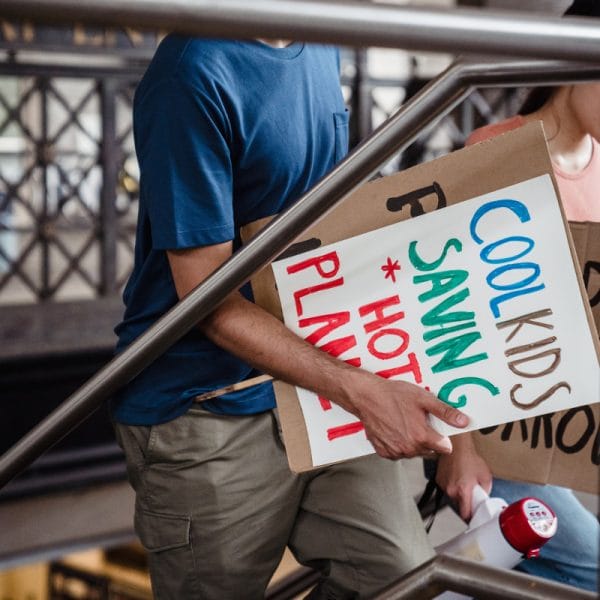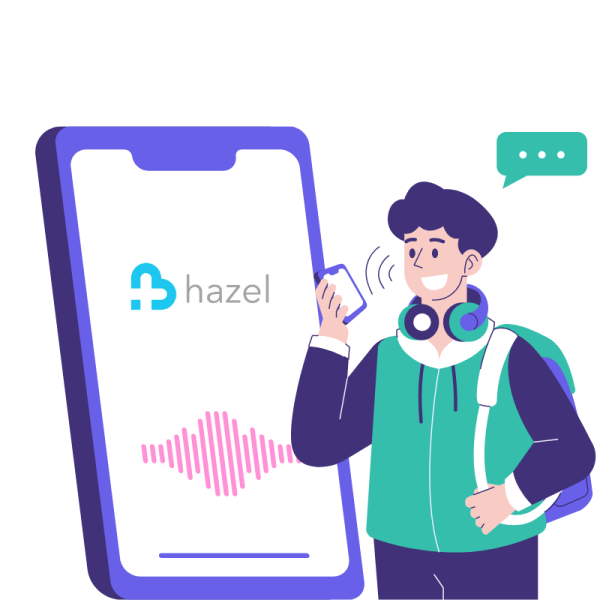Key Learnings That INFluenced The creation of Seize the Awkward
Being There vs. Being Helpful
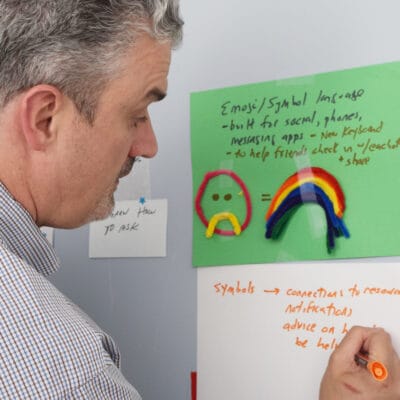
Suicide prevention isn’t just a complex issue; it’s an urgent one. It’s the second leading cause of death among 15-24 year olds, and for every youth suicide, it is estimated that 100-200 attempts are made. To identify the factors that influence how young people think about–and personally help with–teen suicide prevention, Hopelab and JED talked to 400 16-to-25 year-olds. Through a process of deep listening, we uncovered that peer helping and support was considered to be among the most effective strategies for improving adolescent mental health and, ultimately, preventing teen suicide.
However, while many adolescents understand the concept of “being there” for their peers, they don’t necessarily know what to say and how to say it when a friend expresses negative emotions, including suicidal thoughts. Using principles of behavioral psychology, we delved deeper into the factors that make young people more confident in delivering positive messages to their peers. Armed with the findings from this research, JED and Hopelab developed a set of guidelines to help create messaging that encourages young people to do more than just “be there” for their friends.
Making Connections, Saving Lives
The major umbrella finding from our research was that positive, connected feelings motivate helping others. This was confirmed both through surveys and through watching participants’ reactions to multiple video campaigns that took either a more positive or negative approach to their messaging. For example, campaigns that made viewers feel lonelier (and less connected to others) were less likely to inspire helping action. Specific design guidelines provide even more direction:
- Show what’s shared. Showcase the commonality of human connection.
- Mobilize the motivators. Leverage existing behavioral drivers that make youth help, like empathy, morality, and friend identity.
- Keep up the good work. Build on skills young people naturally use to “be there” for each other, like listening.
- Empower with positivity. Evoke positive feelings and peer connection to fuel sustained action.
- Tone down clinical language. Convey the importance of emotional health, while avoiding paralyzing jargon and overwhelming imagery.
- Acknowledge Uncertainty. Validate uncertain feelings inherent to helping and guide youth to what’s most effective.
Pointing the Way to More Impactful Campaigns
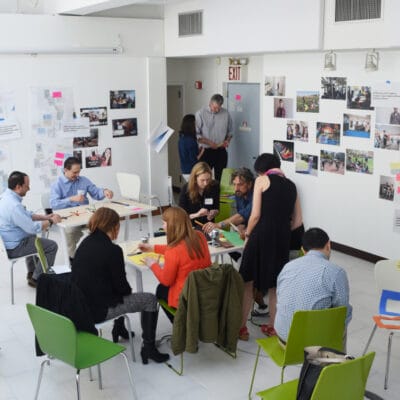
With these principles in mind, JED and other like-minded organizations can build on adolescents’ innate desire to “be there,” inspiring them to take more confident action to help. Suicide prevention campaigns might encourage youth to proactively notice when a peer is in distress in order to direct them to appropriate help, or to recognize that their own uncertain feelings don’t have to keep them from reaching out to someone in need. As JED integrates these principles into future campaigns, they anticipate greater impact among peers who may want to help each other but need practical help in doing so. And Hopelab is using the findings from the research as a foundation for other work we’re doing in adolescent emotional health and well-being, including our work with young cancer patients.

